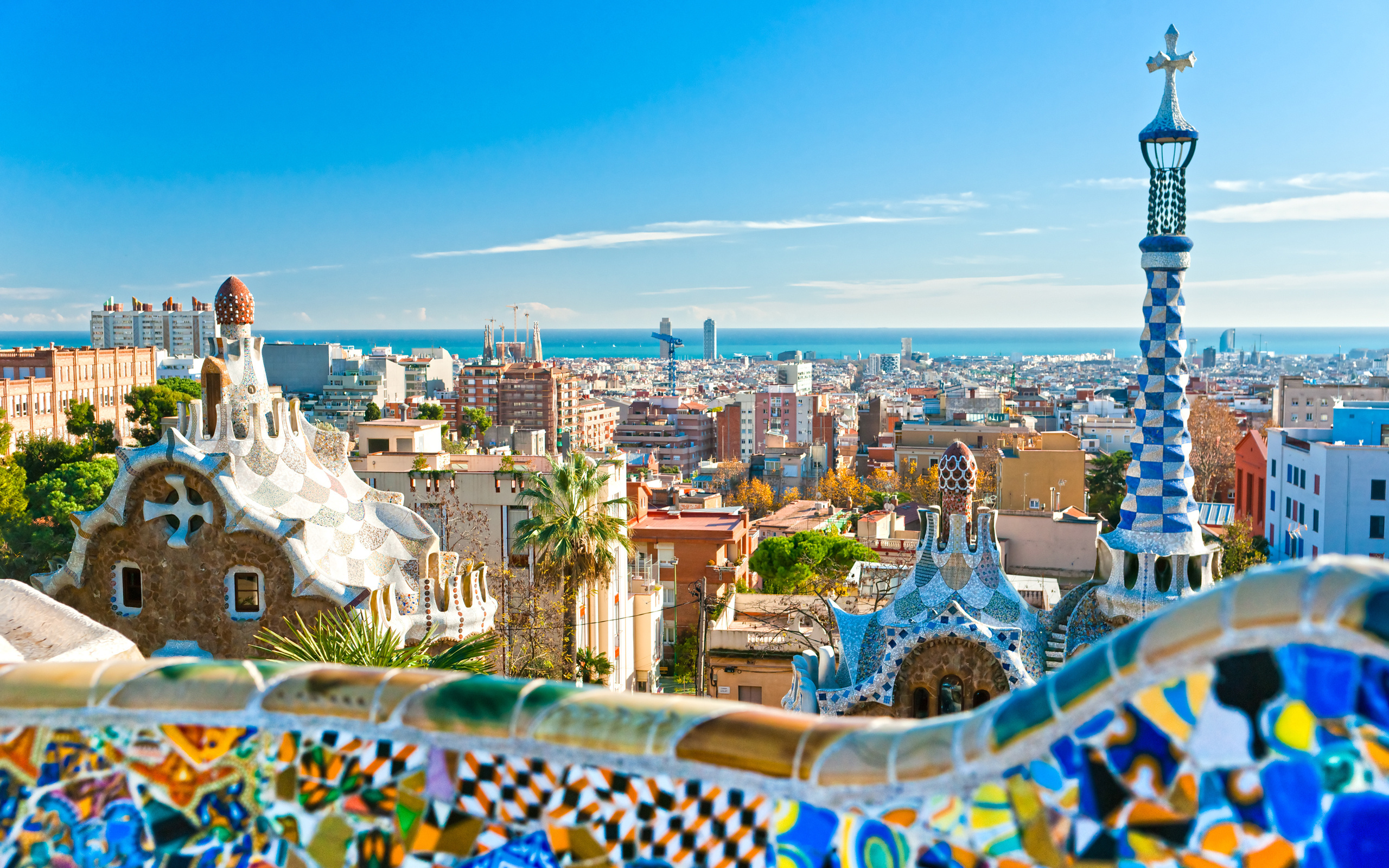Escape for the Weekend
Explore our collection of weekend

Spain
Antoní Gaudí's works; the Llanishen wreck in Cap de Creus; the Reggio Messina wreck in Costa Brava; shipwrecks of Cape Finisterre.
Individual Booking Try It FreeSpain
Spain is a European country located on the Iberian Peninsula. It is bordered by Gibraltar, France, Andorra, and Portugal. Spain is washed by the Mediterranean Sea and the Atlantic Ocean. Spanish territory also includes two archipelagos: the Balearic Islands and the Canary Islands; two major exclaves: Ceuta and Melilla; and the islands and peñones of Alborán, Alhucemas, Chafarinas and Vélez de la Gomera. The capital of the country is Madrid. The official language is Spanish.
The national currency of Spain is the Euro.
There are three main climatic zones in Spain. The Mediterranean climate is dominant on the Iberian Peninsula; the northern part of the country has the oceanic climate, and the semiarid climate is located in the south eastern part of Spain. Tenerife South Airport (TFS), the largest airport of the Canary Islands.Tourists like Spain for many things. Some come here to watch bullfighting and fiery flamenco shows; some want to see Antoní Gaudí's works of art; some are attracted by sultry beauty of Granada and Seville, ancient Malaga, Toledo, which preserved its medieval coloring, Cordoba, Salamanca with famous university, Madrid and Barcelona – real treasuries of museums, galleries and architectural monuments; some like busking on the beaches of Soller, Calvia, Marbella, Corralejo and San Sebastian, and clubbing in Ibiza; some just come to feast on delicious Spanish food.
Airports
Adolfo Suárez Madrid–Barajas Airport (MAD), the main international airport in Spain, located just 13 km from the Puerta del Sol, Madrid's historic center.
Barcelona–El Prat Airport (BCN), simply known as Barcelona Airport.
Palma de Mallorca Airport (PMI) an airport located 8 km from Palma, Majorca. It is the third largest airport in Spain.
Málaga Airport (AGP), the main international airport serving the Costa del Sol.
Gran Canaria Airport (LPA)
Alicante–Elche Airport (ALC), a base for Norwegian Air Shuttle, Ryanair and Vueling.
Tenerife South Airport (TFS), the largest airport of the Canary Islands.
Diving in Spain
Spain has very many dive sites.
In the marine reserve of Medes Islands, which is said to be the best diving place in Spain, you can see shoals of barracuda, jacks, bonito, groupers and eagle rays. Pedra de Deu gives an opportunity of wall diving with depths of 12 - 35 meters. There are also two tunnels: Cow Cave and Dolphin Cave inhabited by various fish and corals.
In Cap de Creus, the first marine/terrestrial nature reserve in Catalonia, you can explore rocky cliffs, inlets, and the wreck of the Llanishen, a British ship sunk during the First World War and lying at a depth of 10-17m in the bay of Es Caials.
The waters of Costa Brava keep many shipwrecks. The largest of them is the Reggio Messina (115 meters long), a train transporter ferry, deliberately sunk in 1991.
The marine reserve in Almuñecar has abundant marine life. The depth, which varies from 9 to 40 meters, good visibility and lots of caverns, makes it a good diving place both for beginners and for experienced divers.
Off the seven Canary Islands divers will find perfect visibility (often more than 30m), rich and colorful flora and fauna and beautiful underwater landscapes.
Off the coast of Galicia, often called the Coast of Death, there are over 400 known wrecks. Cape Finisterre, located on one of the most important maritime routes in the world, has caused lots of human casualties and shipwrecks for many centuries. The most massive shipwreck happened in 1596 when 25 ships of the Armada were blown by the storm against the coast.
